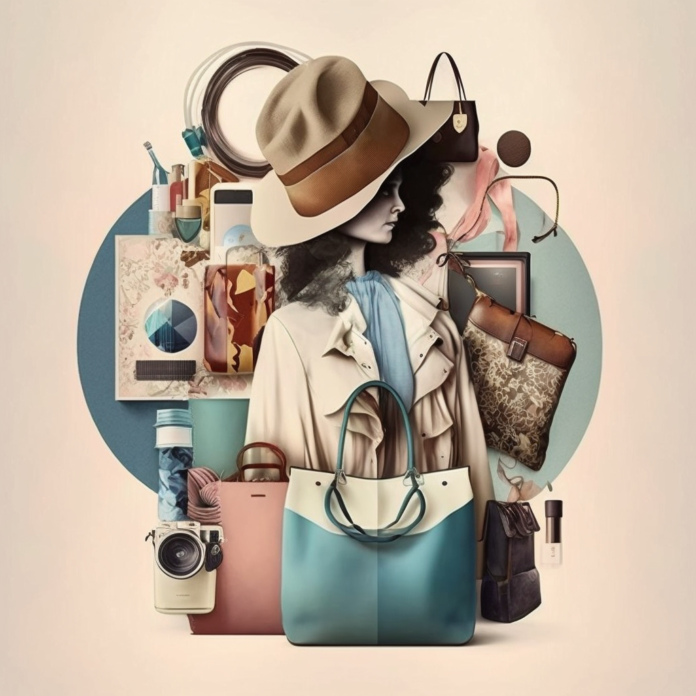Fashion Product Definition
With the sheer number of clothing products on the global market today, and some with similar shapes and purposes, it is difficult to distinguish certain products from others. Although a product’s function is essential to its distinctiveness, classifying it can become complex, especially when attempting to differentiate it from competing products.
As the task of defining a product does not need to be a headache, it is important to understand all steps that lead to efficient communication. And so, the most relevant is to understand how to define a product, taking into account its area of activity and target audience. In all fields this knowledge is essential, but in the fashion industry, due to its density, it is even more imperative to answer the question, “What is a Fashion product?”
In this article, we will try to understand all the interdependent sectors that make up a fashion product and how we can display effective communication by giving a proper definition of a specific item.
What is a Fashion Product?
One can define a product as a material or immaterial goods intended to be used by consumers. It can be a physical object, a service produced by a certain industry, or even an idea that presents a purchase value.
These concepts, when applied to the fashion industry, refer to a product designed, manufactured, and delivered to the public based on the concept of fashion. Therefore, pieces of clothing, accessories, jewelry, shoes, or any other categories of the fashion system can be understood as fashion products.
What is fashion, and why is it so important to know about the fashion industry?
To understand what a fashion product is, it is first necessary to know what fashion means on its own. One may define fashion as being a form of self-expression that occurs at a certain moment in time and that depicts a style. The word fashion is driven by trends that are, in turn, influenced by various aspects such as social norms, politics, culture, art, and lifestyles, among others.
The fashion industry consists of the entire industry that produces fashion goods. It is an ever-adapting, global-scale industry that covers clothing and accessories design, production, and marketing. The fashion industry is supported by manufacturers, retailers, designers, influencers, stylists, photographers, and models working to create fashion and bring it to the world.
A fashion product is of great importance because it presents a form of creative individual expression, allowing any person to transmit his or her personality, views, values, and feelings in the world, as well as simultaneously giving a sense of belonging and individuality. Clothes can reveal social contexts or communicate social messages. Consequently, the fashion industry typically represents the most impact and relevancy in people’s lives.
How can fashion products be categorized?
A fashion product can be divided through several factors. The first and most fundamental consists of the main group it is part of, which can be either:
- Tops – includes the clothes worn on the upper body such as shirts, blouses, sweaters, tanks, and t-shirts;
- Bottoms – describes clothing worn on the lower body and is made up of skirts, pants, and shorts;
- Dresses – a dress is a one-piece garment that is used on both the upper and lower body;
- Outerwear – involves all clothing that can be worn over another, such as vests and jackets;
- Shoes – refers to boots, sandals, sneakers, and other types of footwear
- Accessories – incorporates all the pieces used to complete an outfit, such as jewelry, hats, scarves, and bags;
- Swimwear – includes products used for swimwear such as bikinis and swimsuits;
- Lingerie – includes all types of underwear;
- Active wear – involves all products designed for the sports and athletic apparel industry;
- Beauty covers everything that helps care for your appearance, like makeup, fragrances, and skincare.
Categorize fashion products by target customer
The second most relevant category when referring to fashion products is their target customer, which is the motive for which a certain piece was made. To properly identify a fashion product we must realize which group they belong to. Is the product for women or men? Is it designed for people with disabilities or plus-size bodies? Is it a product for children, young people, or adults? To attract customers is a significant role in the fashion business as they are the ones who consume it. For this reason, the target market of the fashion retail industry has very well-defined categories in which a product can be placed :
- Women’s Fashion;
- Men Fashion;
- Inclusive Fashion;
- Children’s Fashion;
- Young Fashion;
- Senior Fashion.
At an economic level, there is a division that, in turn, falls on the products that make up the fashion industry. Let’s envision a pyramid and start building it from scratch.
- At the very bottom is the “Value Market” which is made up of everyday products with a lower cost and a competitive price.
- Next comes the “Mass Market”, usually known as Fast-Fashion, which attracts the largest number of consumers, and imposes itself with department stores all over the world.
- Only then comes the Middle Market which brings “affordable luxury” products.
- Then comes “High Fashion” which offers a variety of premium goods from recognized fashion designers and brands.
- Finally, at the top of the pyramid we see Haute Couture and Couture, with fixed prices at a higher value based on the luxurious quality of the fashion products.

Understanding all these markets gives a basic view of where to place a certain product. It also allows one to identify a coat as a women’s couture coat, which has many refined details as opposed to a coat bought in Fast Fashion.
How can a fashion product be described even further?
The primary categories describe fashion products in a generic way, and do not address the specificity they have. Let’s use the example of a dress. To identity a product, merely pointing to “it’s a dress” makes it very trivial and hard to discern. Around the world there are lots of different dresses of all shapes. If instead we were to designate the same women dress as “navy blue, cotton, midi length, and with a straight silhouette” we would be able to get a more precise insight of the dress and more effectively identify it. So, it is crucial to go deeper into the details and reach into the subcategories of a fashion product.
Firstly, it is necessary to be aware of all the interdependent factors that make up a piece of clothing. In this specific case, we are referring to colors, fabrics, lengths, and silhouettes, which are important subcategories of fashion products. Therefore, to an easier understanding of all the separate sectors that make up clothes, we will present the most relevant subcategories of fashion products. These are the most commonly used by the leading brands to form a whole unity of garments in physical and online stores.
Fabric
Fabric is one of the largest subcategories. Without it, no garment could be produced, and, as it is an essential element, it can reveal what type of product it is, for which target public it has been produced, the proper season to use a specific garment, and so on.
We can define fabric as being a material made out of fibers that are interlaced or woven together. According to the raw materials, we can have fabrics made of natural fibers such as cotton, silk, linen, and wool, and also of synthetic fibers such as polyester, viscose, modal, nylon, among many others. Within these parameters one might explore so many others that this article would be unable to provide so much information. But, as a small sample, we can define the three different techniques used by the textile industry to produce fabrics: satin, taffeta, and twill. Out of these combinations can be formed different qualities of fabrics in the supply chain that describe a product and originate a whole subcategory. Some examples are:
- organza
- chiffon
- denim
- twill
- velvet
- corduroy
- tweed
- herringbone
- flannel
- molten
- gabardine
- crepe
- linen
- lace, etc.

Therefore, we realize that certain fabrics, such as denim, have specific characteristics and acquire such dimensions that they can originate a whole category of products – jeans, denim dresses, shirts and jackets are all grouped into denim fashion. Similarly, a source fabric, more concretely a fabric that comes from a precise location with a high production quality, can be considered a subcategory. Take for example cashmere wool, which comes from the hair of the cashmere goat.
The technologies used to make a fabric also give an important input when it comes to its categorization. A circular knit is a type of textile made from a continuous piece of cloth that is knitted in a circular pattern. In the apparel industry, these types of circular knits are usually just referred to as “knits” and encompass T-shirts, Sweatshirts and dresses, for example. One can also characterize fabrics by their thickness and weight, a factor that equally dictates the fashion season and thus becomes part of a whole new category.
Season
Season is one of the most effective ways to classify clothing and other products. When we talk about fashion, season relates to the four main periods of the year which are associated with certain styles of items. Retail outlets divide seasons into spring, summer, fall and winter and sell according to the season. The reason behind this is based on consumer demand that wants a different type of piece for each period.
Consequently, a fashion company should sell cooler, lighter and more harmonious pieces in the summer and in the winter select darker, more structured and warmer solutions. This is the internationally prevailing custom and the one that the fashion system has best embraced. However, nowadays, many brands also launch “season-less” collections that can be worn at any time of the year.
Color
Color describes a product by providing color palettes and grouping items accordingly. One can distinguish main categories such as primary and secondary colors like white, black, red, pink, green, yellow, orange, blue and continue to define them by deepening their specifics aspects such as Turquoise, navy, cyan, petrol blue, etc. One may also talk about the saturation’s of colors, such as:
- pastels
- neutrals
- metallic
- bright
- neon colors.
Colors are also linked to trends since every year fashion forecasters look for specific colors that will insert the next season’s palette of the fashion industry.
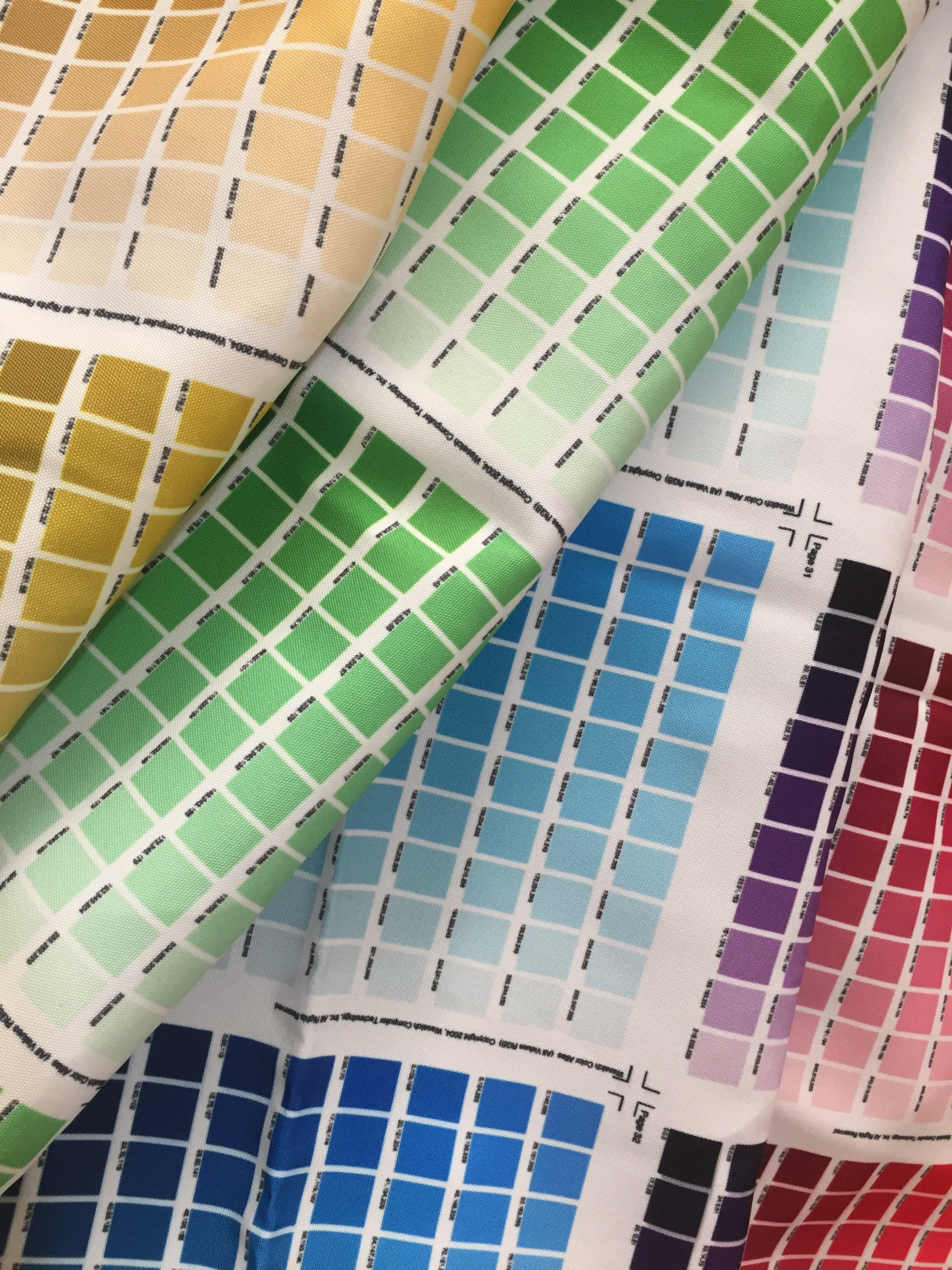
Silhouettes and fit
When referring to silhouettes, we are describing the shape that a certain piece of clothing possesses. But when mentioning fit, we want to emphasize how the garment fits the body. Both concepts are equally meaningful and usually go hand in hand, so much so that their distinction is at times complicated and they end up mixing.
They constitute a fashion product subcategory since they cover a large number of garments by describing their shape. Let’s pretend that we are in an online store and want to purchase a pair of jeans. They are divided into sections that can be: oversize or tight, flared, straight, loose or fitted, among others.
Most of the time, silhouettes and fit are dictated by fashion trends. The most popular brands set the latest fashions on the runway, and these trend chains include the structure and shapes that will be used in the season’s fashion products.
Lenght
In fashion, length can acquire various forms and be a subcategory, since it is possible to identify fashion products as “short”, “long”, “by the knee”, among others. Lengths always changes according to the appearance that is intended to be given to a certain product. A mini-skirt is a product category that is in contrast to a midi skirt, for example.
Patterns
Patterns are repeated designs or motifs that are used in a fashion product. They are divided into several genres, with the most common being:
- floral;
- abstract;
- tribal;
- geometric;
- stripes;
- polka dots;
- animal print;
- paisley;
- plaid.
The patterns are typically defined by the current fashion style of the season. One of the categories most often used by a fashion company to create a total group of clothing garments is, for example, the floral print, which has been the most popular since forever.
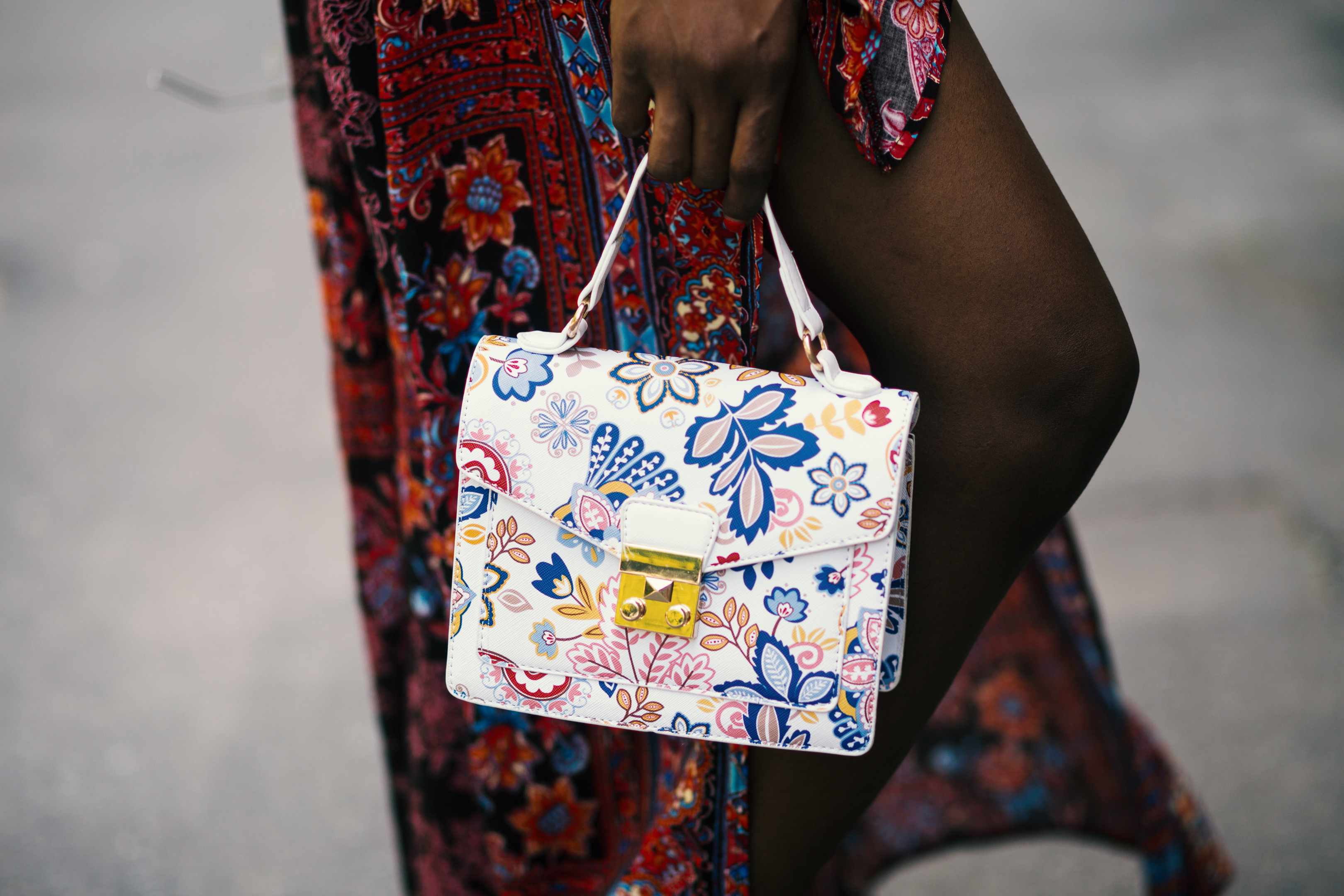
Unique Features
A feature is a unique and intrinsic characteristic of a product and can be an indispensable part of it, as well as a secondary aspect or an additional detail. However, the best chosen features must always fulfill a need and bring a benefit for the customer.
Normally, a feature is usually perceived as meaningful but does not constitute a core group of design details that can make up an entire category in the fashion industry. It is an essential part of an item and should be pointed to when referring to that specific item, but it does not have such a significant share that it is necessary to create a whole subcategory just for itself. At this point we can talk about design details that help in daily tasks such as clothing fasteners or embellishments which include:
- buttons
- zippers
- velcro
- snaps
- hooks
- springs
- embroidery
- beading
- sequins
- rhinestones
- lace
- pockets
- trims, among others.
Waist Styles
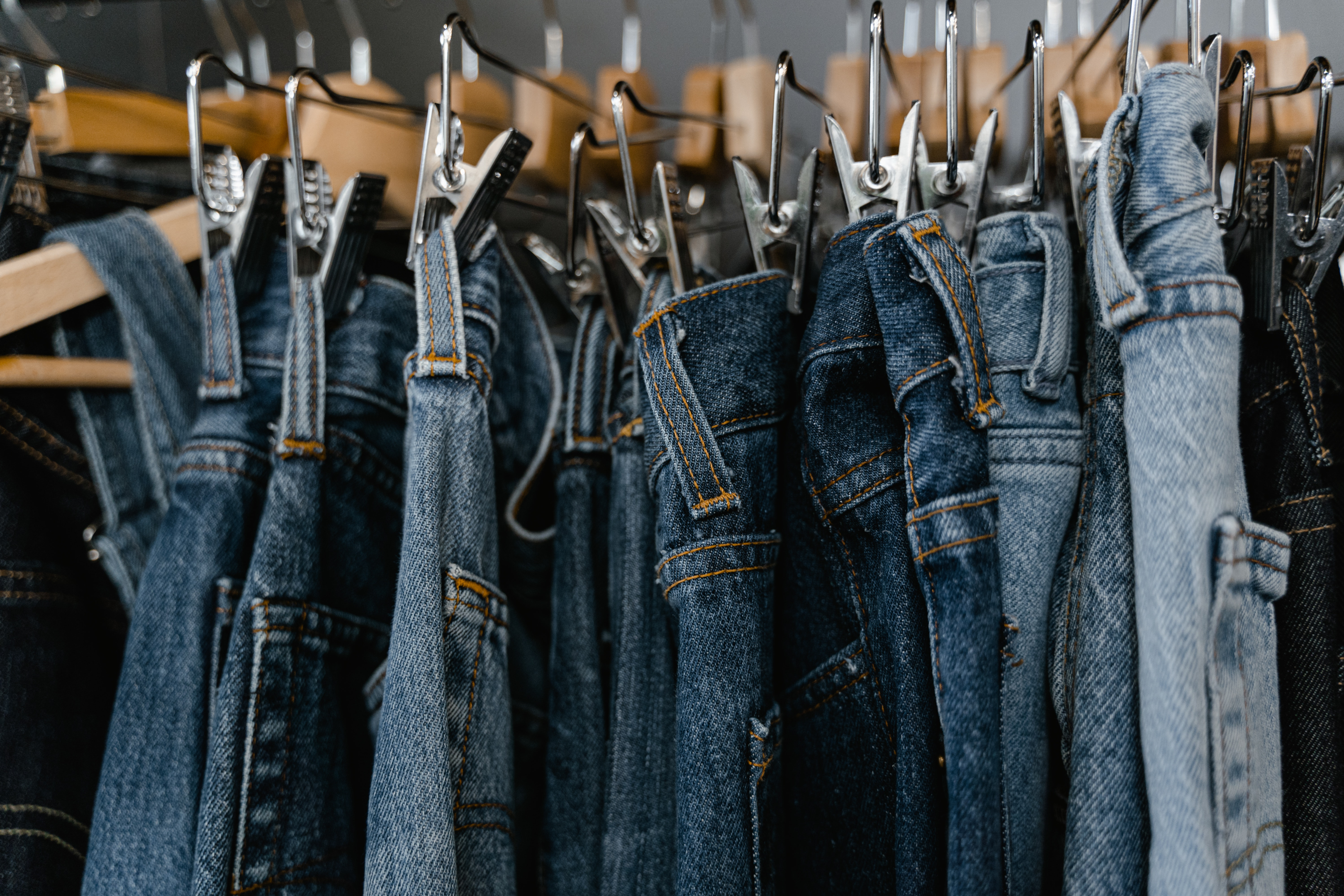
In some specific cases, certain unique features in the fashion product may play an important role and be required in its definition. In this matter we have the example of waist styles. Especially when we talk about jeans, it is necessary to distinguish between high waist jeans and drop waist jeans, as well as other types such as belted waist, paper bag and rise waist. But normally, when we mention other fashion products, although waist styles are important characteristics, they do not constitute a category on their own.
Washing Instructions
The washing instructions are mandatory to exist on a product so that a home production follow-up can be possible. There are several aspects that can describe care instructions – wash, dry, iron – but, even though they are essential, they do not describe a subcategory of a product since no one is going to talk about a dress by saying “Dress that washes at 30 º”.
To conclude, most of the time, features are considered design details that should always impact customers lives but that are not relevant enough to create an entire category for them.
Can sustainability be considered a category of a fashion product?
Sustainability can be understood both as a category in itself but also as an integral part of a fashion product. When we talk about the word fashion, sustainability plays a significant share of responsibility as the textile industry is one of the most accountable industries to the world and its resources. Thus, sustainability refers to the social, environmental and economic impact and covers all aspects of the fashion product development, including materials, manufacturing process, sourcing and waste management.
These days, with production increasingly moved overseas, we have seen fashion’s largest employers committing atrocities to humans and the planet within the fashion supply chain. This occurs especially in some countries that are still in development. For this reason the fashion industry has had to adapt to make clothes that are based on more ethical and sustainable concepts. This is why designers are trying to find better, environmentally conscious solutions in eco fashion. One of the first signs of change is seen in the raw materials used in a piece of clothing by a fashion company, since these must be as sustainable as they can be, trying as much as possible to minimize the future impacts of the clothing on the planet. That is why there are more and more biodegradable fabrics emerging and advances in the textile industry that depict the development of new sustainable methods. These allow the use of ethically sourced natural materials and eco-friendly dyes as well as the employment of renewable energy in production processes.
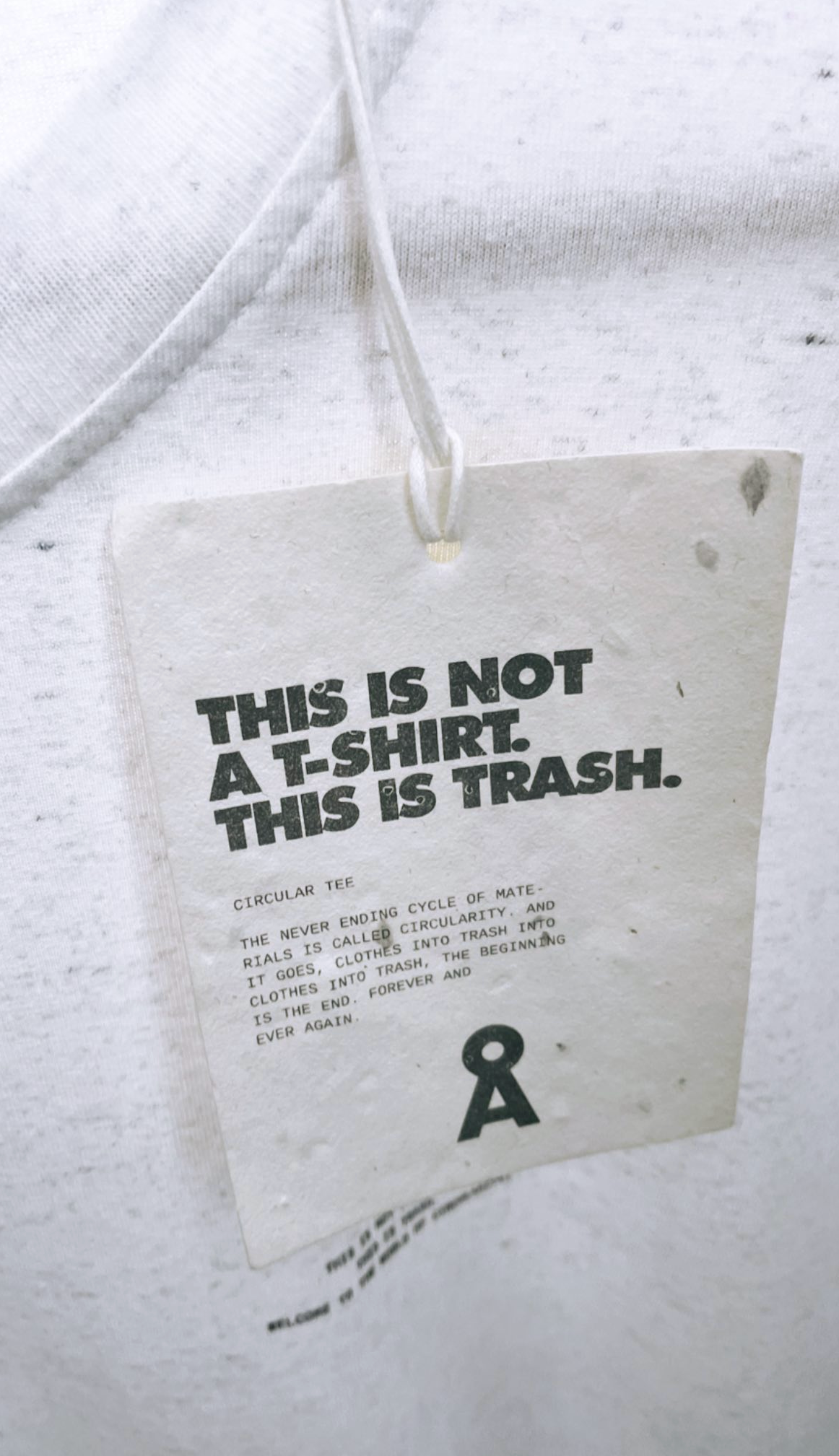
In this sense, what used to be seen as a product category – fashion brands concerned with eco fashion and intending to integrate a sustainable market segment – is now more than ever being perceived as a fashion product’s very own characteristic. This means that it is no longer “a factor” and it becomes “the factor”, so vital that in the near future when discussing new fashions everything will be transparent and sustainable. And so the idea of sustainability being a category will be put aside for it to become the essence of a clothing product.
Certifications
When it comes to sustainability, we can also consider certifications. What are sustainable certifications? They are certifications that are issued by some specific organizations that dictate sustainable standards for fashion goods. These certifications state that the fashion product development conducted in the supply chain was environmentally and consciously responsible.
This means that a fashion company that has a certain type of certifications is a company that make products free of harmful materials and pollutants and have a good relationship with the environment. The most common certifications are:
- Global Organic Textile Standard (GOTS) which is a certification for organic fibers and is widely used when talking about cotton
- Fairtrade Cotton is used to show that the development process of cotton in the textile chain was carried out with fair labor manners
- OEKO-TEX determines that safe and environmental standard fabrics were used.
- Global Recycled Standard (GRS) is the certification for products made from recycled fabrics
- Bluesign certifies textiles developed with healthy, safe and environmentally friendly practices.
- Sustainable Apparel Coalition (SAC) is a certificate for a particular product but for a company that uses sustainable materials in its production process.
Certificates can be considered a product category and a way of describing a product, since we can define a wide group of items that have a certain certification in common.
Is technology relevant when talking about a product?
In general, technology can be described as the application of scientific knowledge for practical purposes, either in the development of products or to improve already existing ones. It is also used to automate processes and improve work efficiency, as well as to gather and analyze data.
The fashion industry developed technology to help create and manufacture clothing and other products in real life. It also uses computer software to create virtual prototypes, 3D printing tech (later utilized to make physical prototypes and finished garments). These new technologies are also used in fashion product development to optimize the manufacturing process within the textile industry. Technology in fashion can also bring new materials and improve techniques in real life, such as smart fabrics and finishes like laser cutting. In modern age, more than ever, technology has achieved such proportions that it has become a fashion product category, since it is possible to describe a group of products that use a concrete type of technology.
But, in this highly globalized industry, technology has not only changed the manufacturing of fashion goods in real life by making them more efficient. It has also linked itself to the virtual world to explore new approaches and concepts of fashion making. And so it has succeeded in developing 3D software such as Clo3D, where clothing is designed in a completely digital format for being used solely and exclusively in the virtual world. In this fashion consumer experience, the distance between countries is irrelevant, since what is made in one country can be seen and bought in seconds on the other side of the world. Brands like DressX use this virtual enterprise concept, selling items that enable participants and buyers to try online clothes made for them in real time, for the purpose of being used in video games, video calls, photo shoots or virtual events and avatars. At the moment, the virtual category of product is such a growth business in the fashion industry that high-end fashion brands such as Gucci and Louis Vuitton have already opened virtual stores in order to be able to compete in this segment.
We therefore realize that technology is a very relevant component when it comes to the fashion industry.
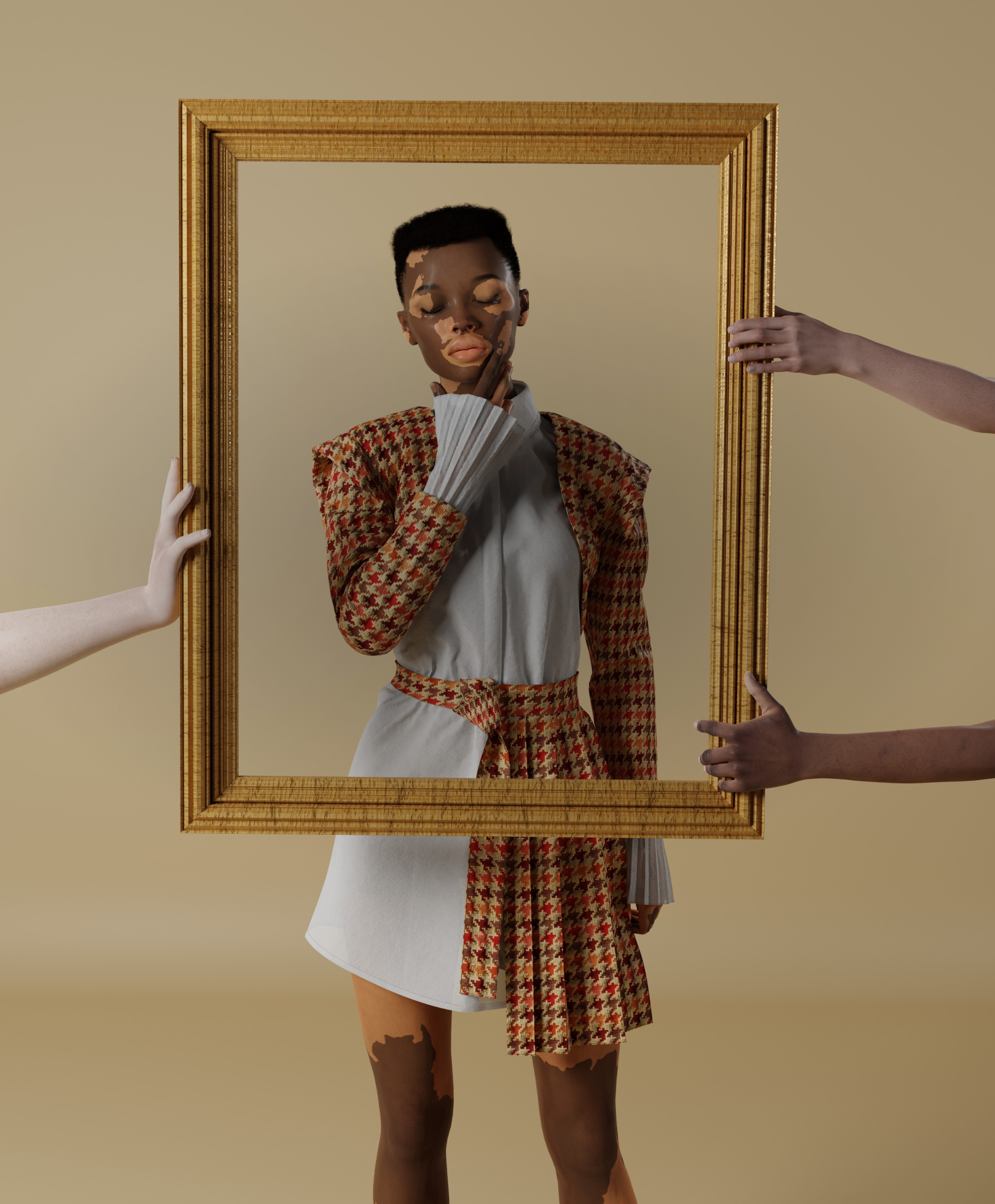
What is a product style?
In fashion a product style is generally understood as the way in which a product is perceived and includes all the elements that categorize a product – from size, color, shape and other features. It is usually characterized by a distinct look or aesthetic and it does rely heavily on the elements of one fashion trend or more. The main examples of fashion product styles are:
- classic
- modern
- vintage
- street wear
- boho
- casual
- formal
- glamorous
- professional
- sporty
- eclectic
- minimalist.
Knowledge of trends
A fashion trend is a style that is extremely popular during a particular time period and that the fashion industry will use as the base concept of fashion product development. A trend or style can appear in two different ways.
- The first and most common we call Trickle Down. In this, a trend that appears in fashion shows in haute couture and high fashion brands is filtered by retail outlets internationally and is used as a style inspiration in the development of products that meet consumer demand.
- The second phenomenon we call Bubble Up. Here, the ideas of cultural sub-groups and street fashion captured by fashion forecasters gain strength and become a huge trend that moves up the fashion hierarchy, reaching the creative designers of the top haute couture brands who design versions of the same style.
After a trend for a new season is dictated, it will be replicated both in the everyday clothing items for daily tasks that are sold in retail outlets, as well as being represented in major fashion magazines such as vogue. In this case, a fashion editor will take a certain fashions and communicate it to a targeted audience. Vogue, for example, because it has such a wide readership and a good communicative ability, is one of the magazines that helps the most in disseminating a certain style.
In this sense, the latest fashions that are most commonly used by designers and those that are often revisited in product development present themselves as:
- punk style
- maximalist
- Y2K
- dramatic fashion
- monochromatic style
- 80s and ’90s Revival
- romantic style
- glam
- grunge
- preppy
- athleisure
- western
- hippie style, among others.
These fashions can make up a product category in the fashion industry since they can frame items that have very specific qualities.
How can a brand contribute to describe a product?
A brand can also categorize certain types of goods in the fashion industry. For instance, when talking about the American fashion company Nike, we are in effect referring to athletic apparel in contrast to luxury products, as sold by Michael Kors or Dior. Some fashions are diffused by certain labels and end up becoming a true “symbol” of the brand. For example, the designers of any given brand in the market may have a trench coat in development with classic features, but the first image of a trench coat will always belong to Burberry.
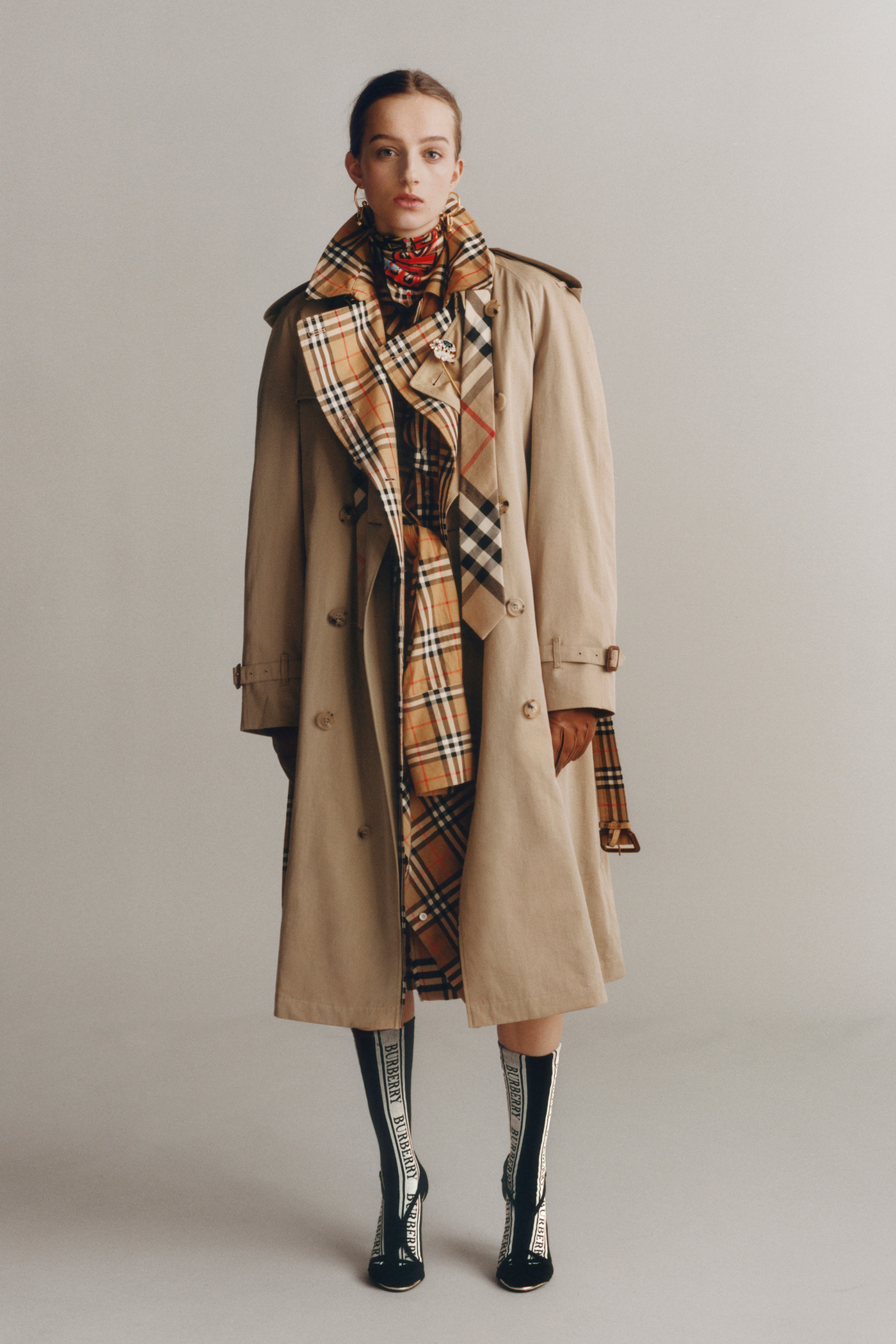
Thereby, a brand manages to be a product category, achieving a status as an example of a certain model of products but also of certain fashions. When we think of Vivienne Westwood the image will always be outfits that have been in development with a punk signature.
Create the best definition for your fashion product
Now you have understood all steps that can be useful in product development and definition in the fashion industry. First of all, it is crucial to define the aspects that make the product unique and innovative. Then comes the categorization part – What is your target customer? What innovative features (that should bring benefits to the customer,) does it have? What season does your product belong to? What materials does it have? What innovative technologies will it use? What fashions or trends does it belong to? After all the answers, you will have a product that will belong precisely where you want it to belong in the fashion market.
With EpiProdux you can improve the definition of your fashion product by receiving clear steps to describe the most important features it can display. Join EpiProdux if you want to elevate your fashion business to the next level.


